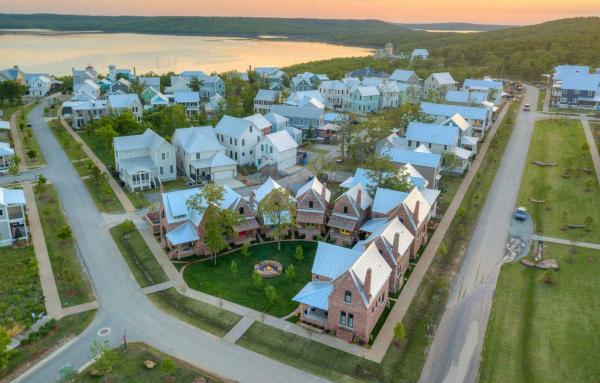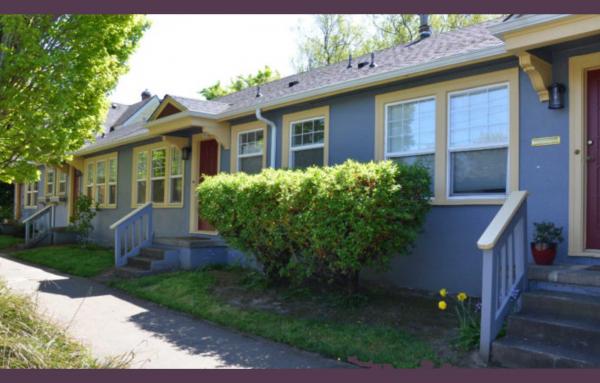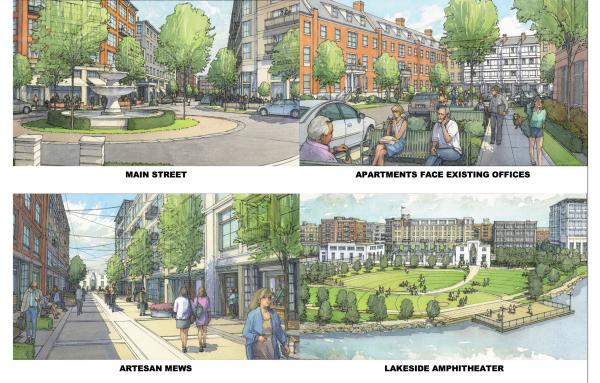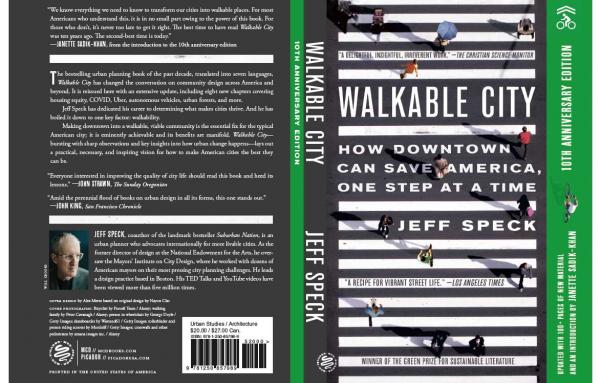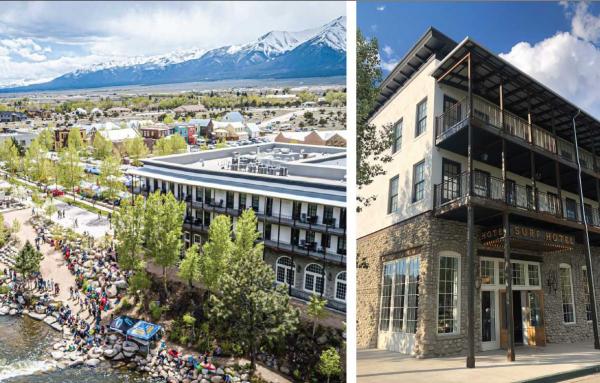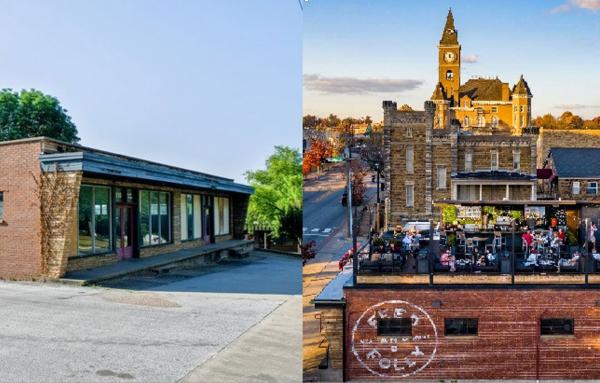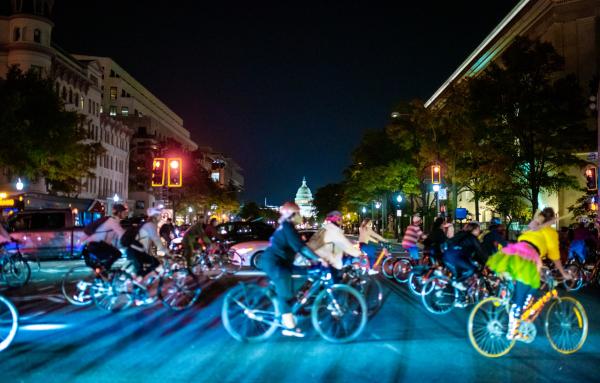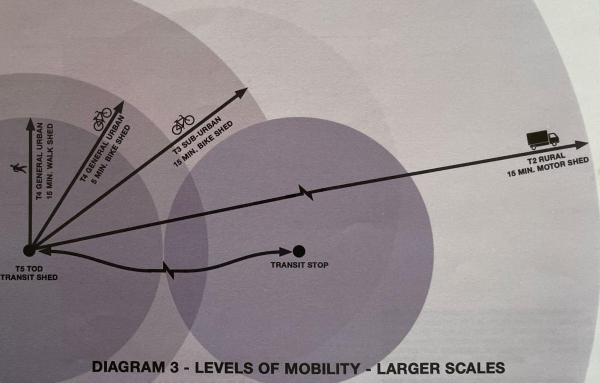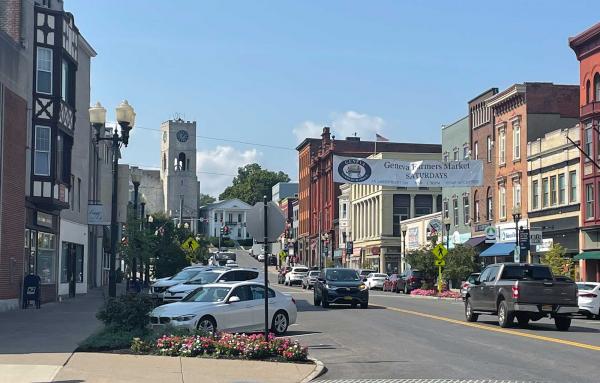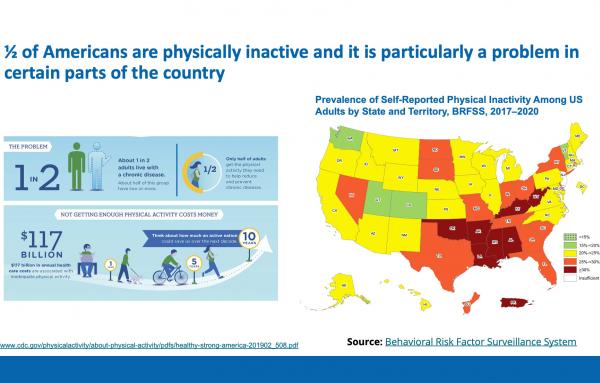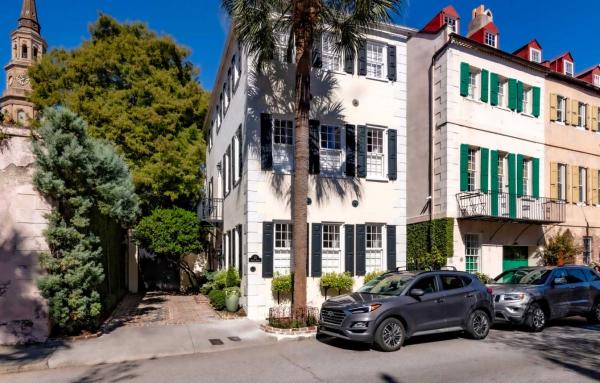RECENT ARTICLES – 2022
The top articles for 2022 have a lot to say about the world of city building and where we are headed for the new year.
The city's parking policy has taken many turns, and now small buildings and those with affordable housing are not required to build parking at all.
The rethinking of a conventional office park, Carmel Gateway is the latest big idea to be proposed in Carmel, Indiana, the city of roundabouts.
The 10th Anniversary Edition of Speck’s popular city planning treatise highlights the still-raging war over walkability and streets designed for cars.
The unique Colorado mountain community has had its difficulties, including an attack from an online magazine, but the latest recognition highlights how much the designers and developers have gotten right.
While some cities opt for a targeted approach to parking reform, Fayetteville, Arkansas, finds that a citywide policy change is transforming buildings that were long-vacant.
DC Bike Party helps build a community through its monthly celebration of the bicycle and by being a positive ambassador for cycling.
Too often, the “15-minute city” is just a slogan. A better understanding of the 15-minute city, with its walking and bicycling sheds, is critical to achieving the benefits of placing human access at the heart of community planning.
To find hidden culture and history, you must do what most Americans rarely do — travel the old thoroughfares and see towns that were bypassed by the Interstate system. For example, take Route 20 in New York State.
In late November CNU’s board hired Mallory Baches as the new President, to co-lead with new Executive Director Margaret Gattis. Mallory recently discussed CNU’s urgent mission.
Zoning rarely gets discussed as directly related to health, but communities that have reformed their codes see health benefits, from reduced rates of cancer to greater physical activity—which in turn lowers disease and improves mental health.
Authenticity seems impossible today, with places and buildings that look like they could be anywhere, lacking harmony with nature and local culture. But designers can achieve authenticity through effective principles, and a dozen of them are listed here.
